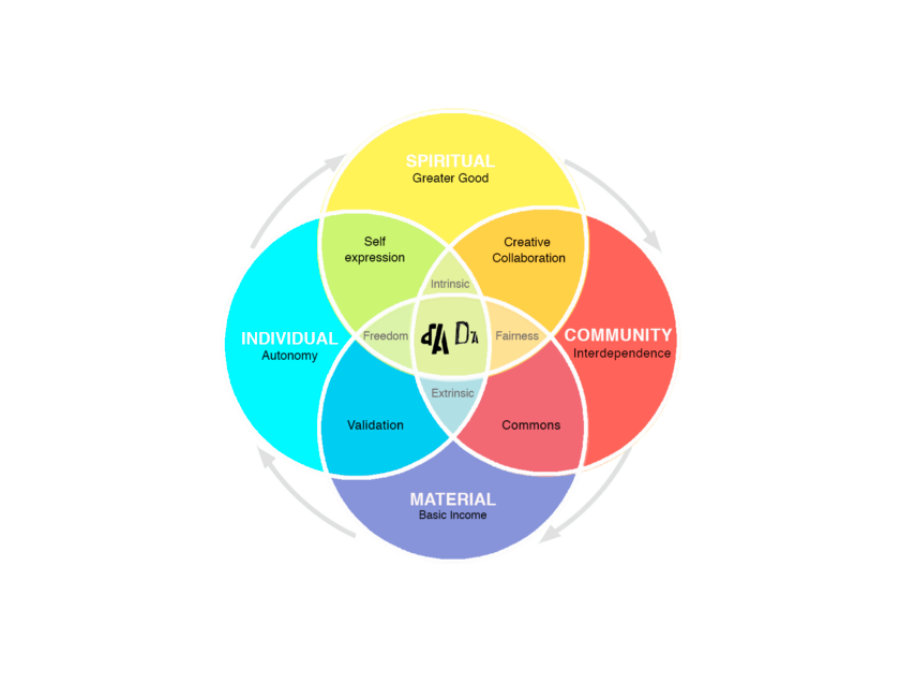Continuing the discussion of Proof of Hodl Login
After discussions yesterday about Proof of Hodl Login (“PHL” for short), I feel that I have to share my attempt to give a definition of PHL:
PHL is an access control model (ACM for short) that controls access to certain features (or resources, data, …) within an application. There are plenty of ACMs listed on Wikipedia/Access_control. It feels like all of them could be applied to certain apps. So, it is still for the application owner to figure out which model to apply, it is not defined by PHL.
PHL requires that the access control model is expressed through an on-chain token (Wikipedia/Cryptocurrency#Crypto_token). This brings two aspects into the ACM:
- an on-chain statement that a user has access to certain feature.
- a monetization tool for the creator of the token
As the token lives on the chain, many applications can use the token for access control as long as these application owners are prepared to obey to the rules of the token creator (token governance). Therefore, the token creator has more power than the application owner. For now, let’s assume that the token creator and the application owner are the same person/entity and there is only one application. This person can be seen as the community builder for the application/brand.
Let’s look at two possible fundamental use cases for the token:
- using an anonymous token for ACM, i.e. it is not possible for the application owner or other users to determine the balance for an individual user. This means that it is possible to get a feeling about how much value the group of users (could be a single whale, or 1 million individual) are prepared to lock up for this application.
- using a user-identifying token for ACM, i.e. everybody can see publicly how much value a single user (=human) is prepared to lock up for this application. This public statement can be seen as a representation of values that users want to share publicly. For example, I as a user want everybody to know that I have access to the $VEGAN chat app (a communication application that is made for users who are vegan). This is similar to an upvote on a social media post of the $VEGAN chat app account. The ACM could be called “Value-based Access Control”. As a user, I would not like this feature as in my daily life I only want to reveal my values that are relevant for the situation. (Revealing that I am $vegan while I am using a virtual dancing app could create unnecessary conflicts by highlighting the difference pro-vegan vs. con-vegan instead of highlighting the common values, i.e. pro-dance). Therefore, PHL with a user-identifying token must not be used by application owners that care about the users’ privacy.
Both token types gives the token creator a tool to evaluate the value of their application(s) if the token is exchanged for money or services. This connects capital with ethical values (like pro-vegan). This implies that it is now possible for capital to create ethical values in a directly linked manner (and vice versa of course). The impact of such a mechanism for the society in general should be explained here, please! If I understand correctly, the users are incentivized to express a certain ethical value publicly in exchange for a functionality of an application. Is that the next level of social media abuse where the beneficiary is the community builder who can proof success of his community building skills?
Does PHL help to build a user-owned internet? PHL gives community builders a new possibility to better own their community because they create the token. However, communities in general do not like to be owned. Maybe the token would be more accepted if the token is created in a way that everybody can mine the token.
Access control in general creates barriers. This could be harmful if applied to values that usually unites a society or communities. Hierarchies within a community (orbit model) are rarely productive (requires references!). If the PHL token is exchanged for money this could increase privileges of the rich.
Long post… and still plenty more to say. Let’s continue the discussion!


